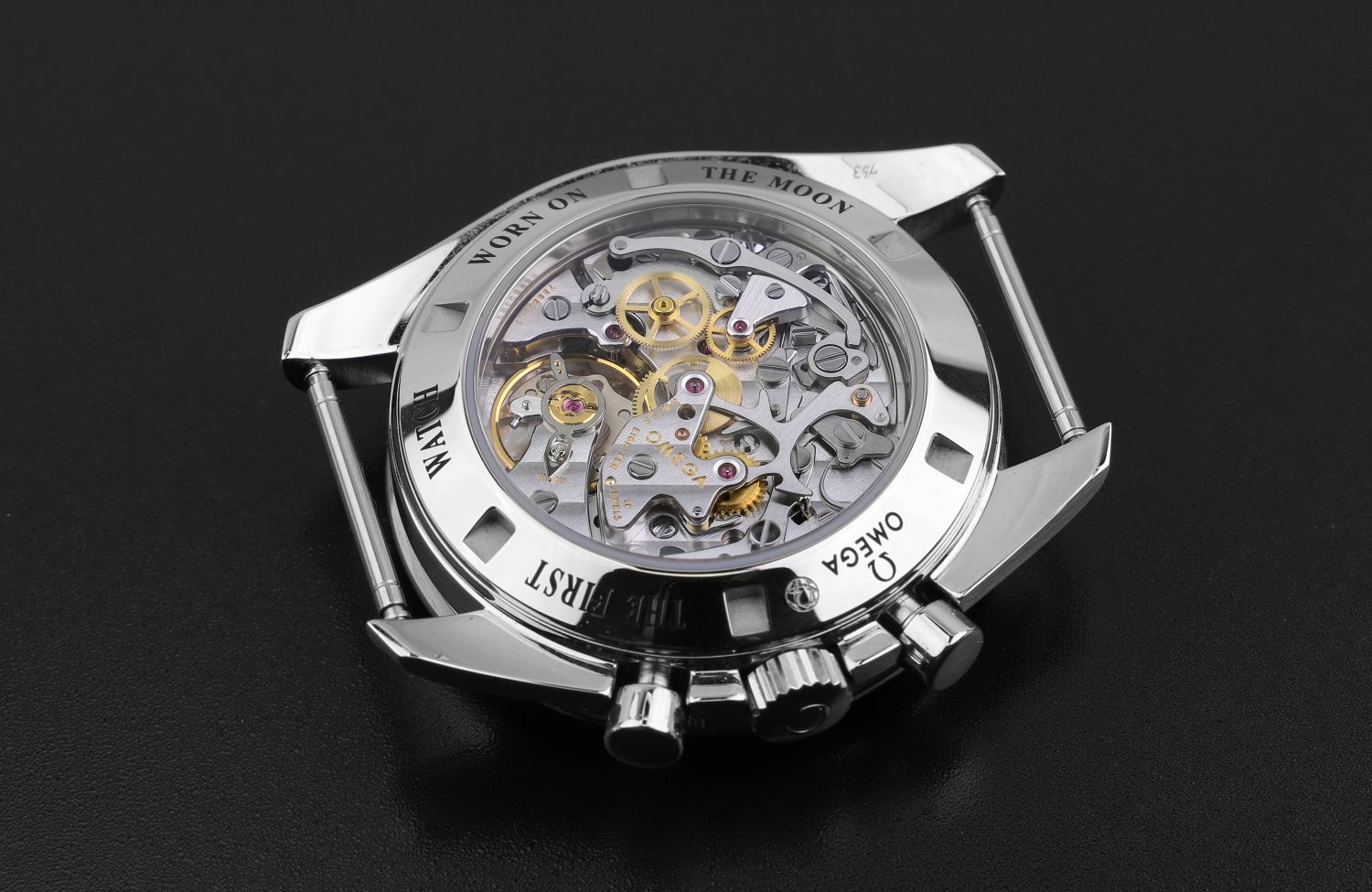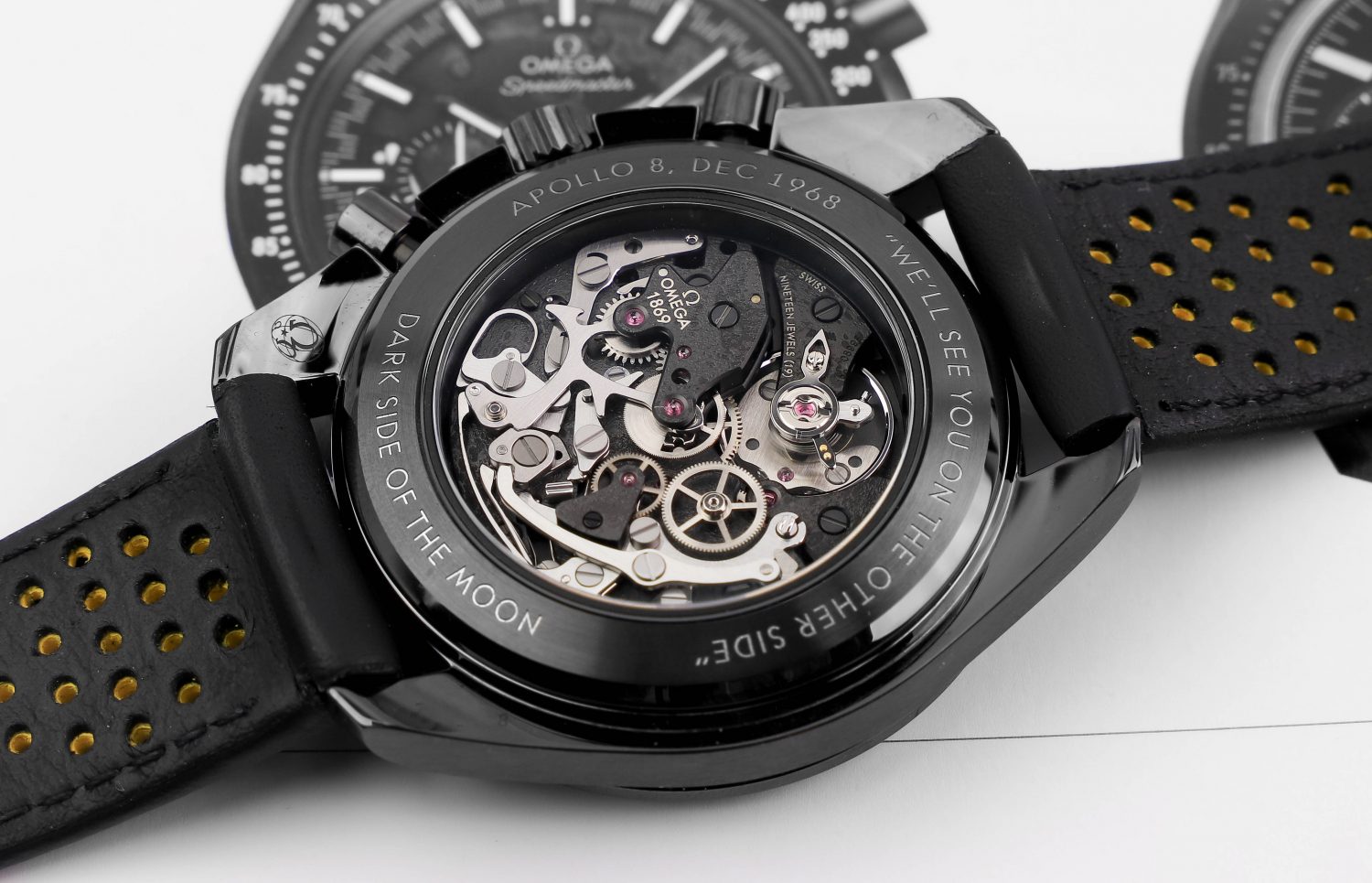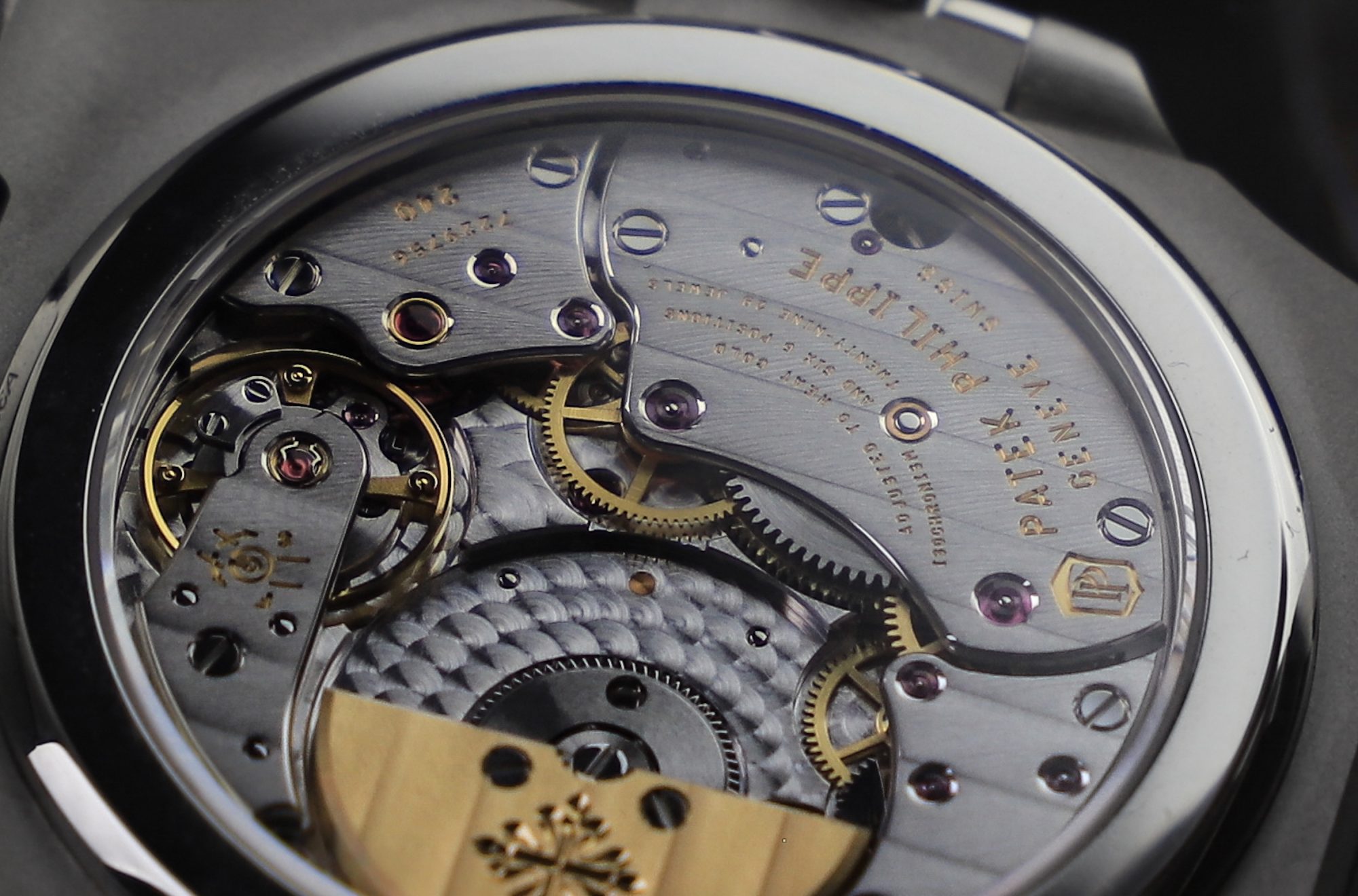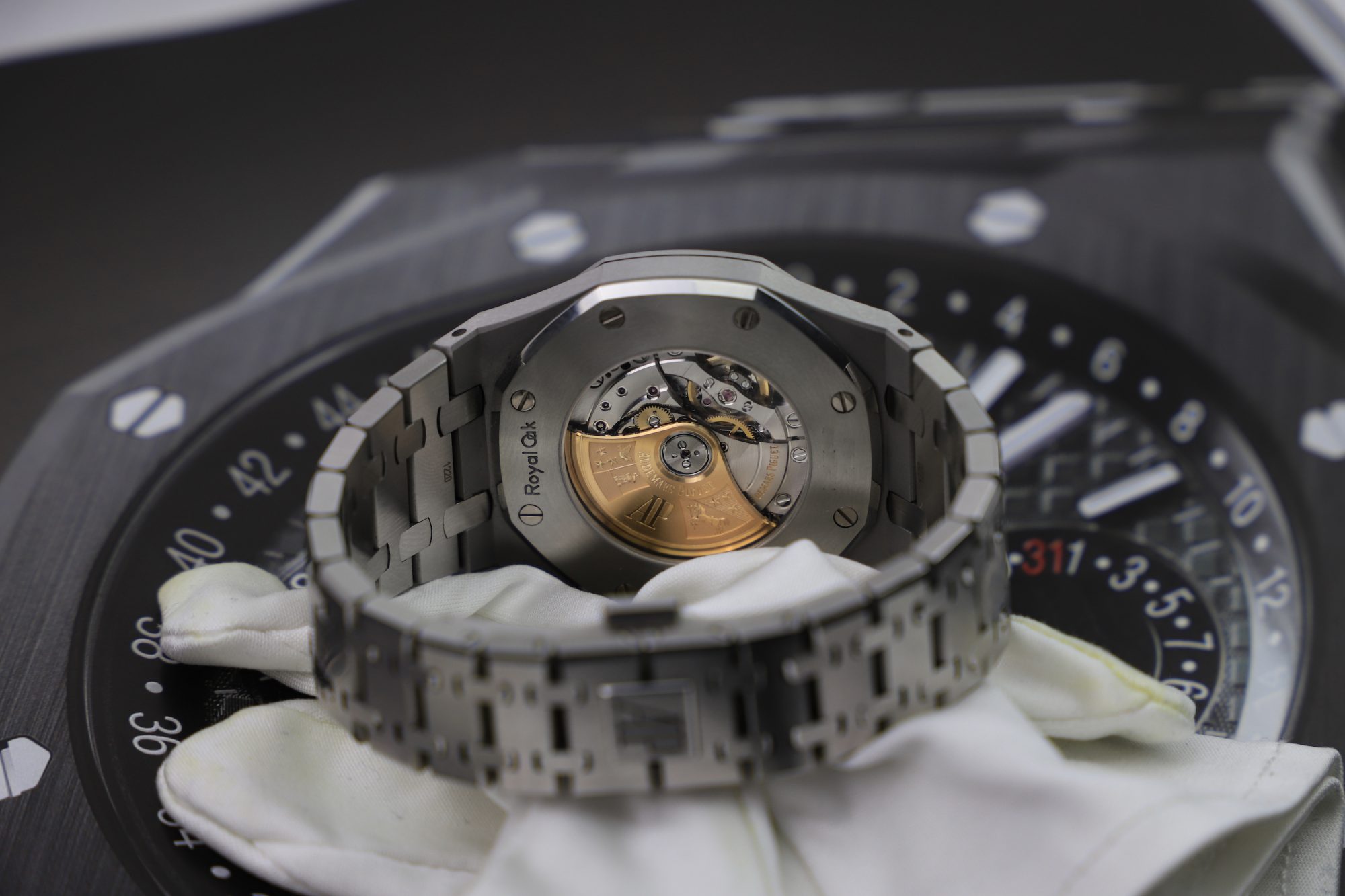
What are In-House Movements – A Complete Guide to In-house Movements
A commonly used term in the watch world is ”in-house”. This term is widely used, but it seems like it is occasionally misused. So with that said, what does in-house really mean when it comes to watch movements?
What are In-house movements?
The term in-house is described as ”involving a company and its employees at the place where they work, and not other companies or people who are not regular employees”.
This is a rather good explanation. But what does it mean when it comes to watch movements?
Well, as the term suggests, in-house movements are watch movements that are manufactured in-house. This means inside the watch manufacturer’s premises and factory/factories.
The generally accepted definition in the watch industry is that the movement should have been developed, designed, manufactured, and assembled by the same company as the manufacturer of the watch itself.
The opposite is, of course, non-in-house movements that are manufactured by a different company than that which makes the watches in which the movements are going to be in.

But today’s watch industry is not as clear-cut as in-house and non-in-house. It can be difficult to draw the line between what is truly an in-house movement, and what has only partly been made in-house.
Whilst the definition is in theory quite clear, there is still lots of room for interpretation. For example, does every single component of the movement need to be manufactured in-house by the watch company? If not, how many percents of the movement’s components need to be made in-house?
The rules and requirements for calling a watch ”Swiss made” are strict and well-defined, but the same cannot be said about in-house movements.
The fact is that the vast majority of companies that make in-house movements source many parts from other manufacturers. These parts may be too complicated to make, or simply too expensive to manufacture. In fact, until the year 2000, Rolex used the Nivarox hairspring in all of its movements – a part that was not made in-house.

For example, Swatch Group owns ETA – one of the most established Swiss movement manufacturers. ETA makes movement for countless watch companies. But this leads us to ask the question – if Omega – also owned by Swatch Group – uses ETA movements, can these be called in-house? This becomes especially complex when you consider the fact that ETA does not exclusively make movements for Omega, but rather for numerous other manufacturers.
At its purest form, and for the perfectly correct definition, an in-house movement needs to be completely developed and designed in-house by the brand’s employees. Furthermore, each and every single component for the movement needs to be made in-house, and lastly, the assembly, decoration, and regulation should all be made by the company itself. But the fact is that in today’s Swiss watch industry. A 100% in-house manufactured movement is rare.

Are in-house movements better?
Generally, in-house movements are raised to the sky and praised as being the movements that are most attractive.
But are in-house really better than externally sourced ones?
The answer is, not necessarily.
For example, if one manufacturer develops an in-house movement, and it isn’t performing very well, then although it isn’t in-house, it would be a wiser choice to use a movement from a different manufacturer that has developed a high-quality and reliable movement, right?
The ”issue” with in-house is that it says nothing about the quality or reliability. It just tells us that the movement has been developed and manufactured inside the company’s own factory.
The logical reasoning is that a movement manufacturer which only focuses on- and specializes in – the development and mass production of movements, naturally makes high-quality and well-performing movements.

With that said, there are several reasons why in-house movements are regarded higher in the watch world, and we will go into detail about them further on.
Jean-Claude Biver said in an interview when asked:”Why would you buy an in-house movement over a generic Swiss movement?”:
“-This is a typical Swiss problem. Swiss have created their own problems. Why have they started to make a difference between in-house movement and not in-house movement. 20 or 30 years ago, nobody ever asked ”is a watch with an in-house movement or not”. It was not a problem 30 years ago, and 50 years ago, many brands had a movement coming from either Lemania or Valjoux, or ETA and it was never a problem”.
”The Swiss have created this problem by saying in-house, in-house. If customers and journalists start to speak and make a difference and say – this is not in-house – or ahh this is great, in-house – which is not necessarily true. Sometimes the in-house work less good than the normal one.”
Why are in-house movements praised?
It has now been made clear that in-house movements do not necessarily have to be better than externally sourced movements. But still, in the industry, there’s just something special about the term that makes people go ”ooooh” when they hear it. Parts of this have to do with marketing, and as Jean-Claude said, the Swiss watch industry has made a difference between in-house and non-in-house in its marketing, making people believe there is a substantial difference.
But when a manufacturer makes its own in-house movement, what it does is show that the company is a serious watch manufacturer, and not just a watch assembler. Assembling watches is something that a lot of people can do, but far from all companies have the expertise and resources to develop their very own in-house calibers, and manufacture them in-house.
The primary reason why many watch brands don’t develop in-house movements has to do with cost. Investing in research and development, and then establishing a manufacturing facility for the movements is not an easy feat, and it requires heavy investments.

However, what in-house does mean is that the company gets full control over its product. It does not have to be limited by the specifications of the watch manufacturer but instead can develop movements according to its own requirements and needs. Thus getting more control over its manufacturing and development process.
To understand in-house movements better, we can make an analogy to the car industry, where the sharing of motor-s across different brands is a relatively common occurrence.
Let’s say that you buy a Ferrari, but then find out that the engine is actually made by the Volkswagen Group. While technically, the engine can be extremely well-made, there’s just something that can be perceived as ”wrong” by not having a Ferrari engine in a Ferrari car. Just like it can feel a bit strange to not have an Audemars Piguet movement in an Audemars Piguet. Or a Patek Philippe Movement in a Patek Philippe.
Lastly, when many different brands use movements from the same manufacturer, it becomes more difficult to provide a ”perceived value proposition”.
For example, let’s say you have an Omega priced at 4000 USD and a Longines priced at 2000 USD. These watches may be fitted with the exact same externally-sourced movement, just with a different decoration or logo on the rotor. But the point is that if you understand that these watches have the exact same movement, you may ask yourself ”why is the Longines half the price?”. When you have in-house movements you don’t have that problem, as people cannot compare it with any other brand out there, as there is no real comparison.
With that said, are in-house movements better? Not necessarily. They are, however, better for several other reasons, including getting full control over the manufacturing process and avoiding getting compared with other manufacturers that use the same externally-sourced movement as yourself.




